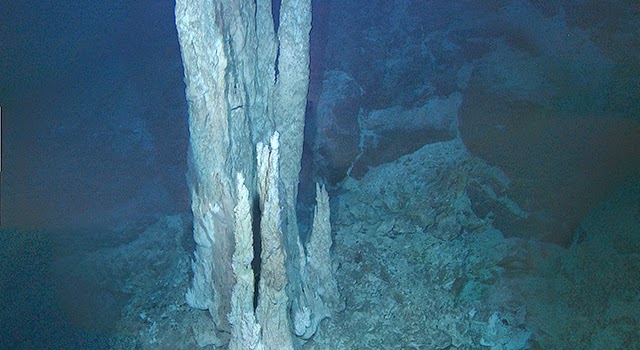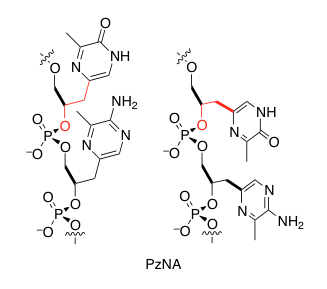
Living animals display a variety of morphological, physiological and biochemical characters that enable them to live in low oxygen environments. These features and the organisms that have evolved them are distributed in a regular pattern across O2 gradients associated with modern oxygen minimum zones, providing a template for interpreting the stratigraphic covariance between inferred Ediacaran-Cambrian oxygenation and early animal diversification. Although Cambrian oxygen must have reached 10-20% of modern levels, sufficient to support the animal diversity recorded by fossils, it may not have been much higher than this, approaching today’s level only later in the Paleozoic Era. Nonetheless, Ediacaran-Cambrian oxygenation may have pushed surface environments across the low, but critical, physiological thresholds required for large active animals, especially carnivores. Continued focus on the quantification of Proterozoic pO2 will provide the definitive tests of oxygen-based co-evolutionary hypotheses.
 Investigating Habitable Environments on Mars Using Orbital and Rover-Based Imaging Spectroscopy
Investigating Habitable Environments on Mars Using Orbital and Rover-Based Imaging Spectroscopy Chemical Gardens, Chimneys, and Fuel Cells: Simulating Prebiotic Chemistry in Hydrothermal Vents on Ocean Worlds
Chemical Gardens, Chimneys, and Fuel Cells: Simulating Prebiotic Chemistry in Hydrothermal Vents on Ocean Worlds The Synthesis of an Artificial Genetic Polymer: From Small Molecules to Proto-Nucleic Acids
The Synthesis of an Artificial Genetic Polymer: From Small Molecules to Proto-Nucleic Acids Quantifying Constraints on Metabolic Diversity Patterns
Quantifying Constraints on Metabolic Diversity Patterns